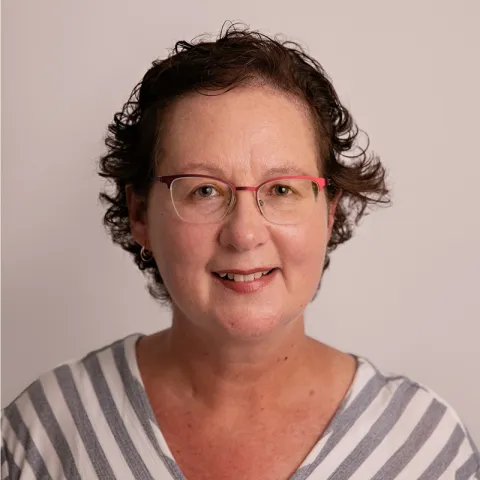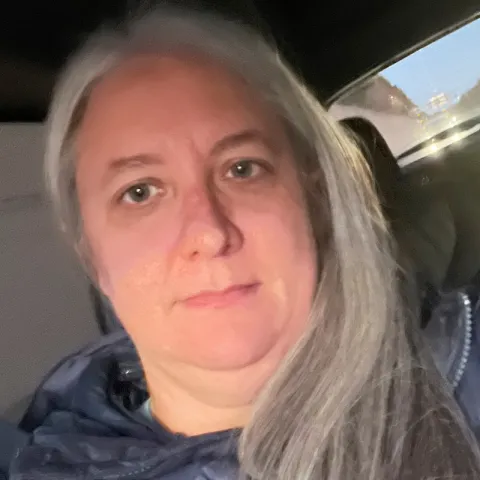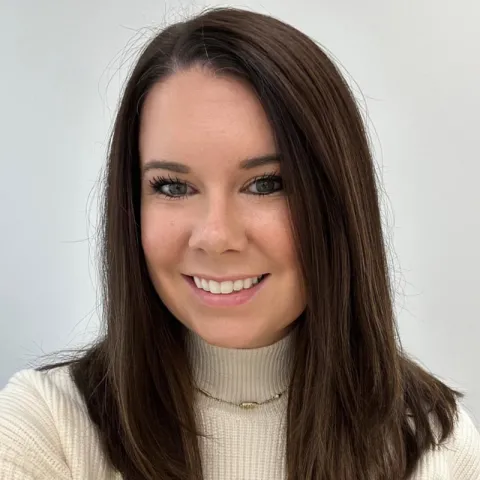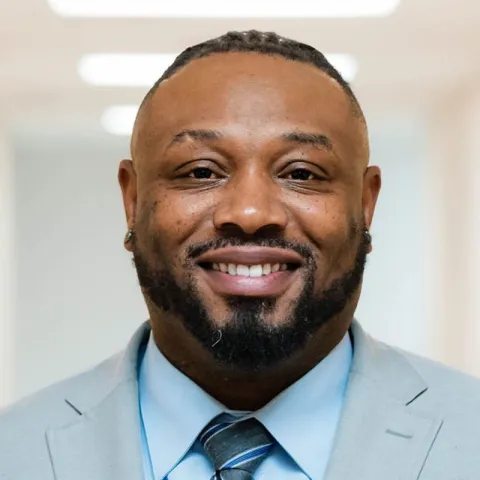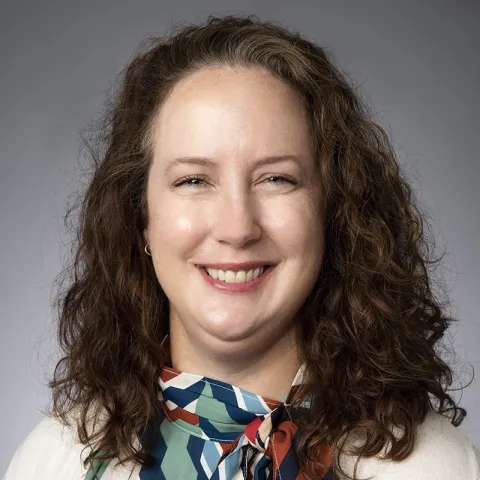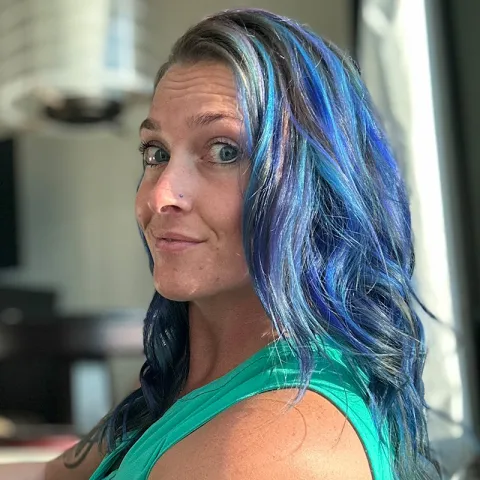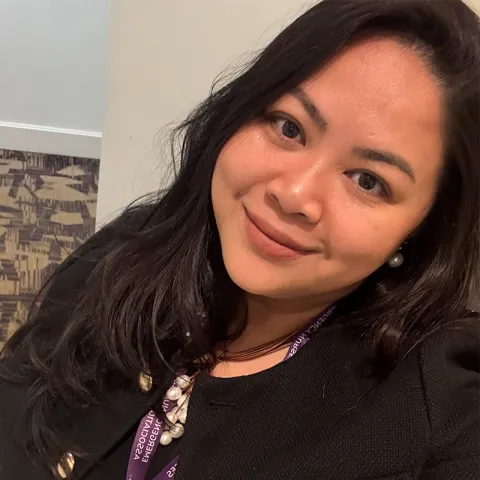When Hayley Kinchant, MSN, RN, CEN, and her husband arrived in the United States from New Zealand more than 20 years ago, she brought with her a passion for emergency nursing. When they moved back in 2023, Kinchant took with her a commitment to share what she learned in the U.S.
Kinchant’s early career started with surgical nursing in New Zealand followed by two years working for nursing agencies in the U.K. in a variety of settings. She returned home and decided to take the leap into emergency nursing.
“Once I leapt into that, I couldn’t let it go,” Kinchant said. “The interaction that you have with not only the patient, but the family and the team that you're working with, it all has to be cohesive. It all has to come together to make it work for the patient.”
In 2002, she and her husband, Luke, moved to Texas, intending to live in the United States for two years. Instead, they moved to New Hampshire after three years. Another 17 years passed, and their two daughters were born, before Kinchant returned to New Zealand in 2023.
In her first stretcherside job in Texas, Kinchant felt the culture shock of working in the U.S., including the adjustment of no longer being part of a socialized medicine system. She observed more focus on customer satisfaction as well as a fear of litigation, and she felt like she needed to learn a new language.
“I had to learn that Motrin, Advil and ibuprofen were all the same medication,” she said. Hospital gowns were called “johnnies,” and to start an IV meant to cannulate a vein, not begin infusing intravenous fluids.
Kinchant joined ENA in 2004, and she attended her first New Hampshire ENA Council meeting in 2007.
“Before I knew it, I was sucked in,” she said, serving in multiple roles including education chair, board member, secretary and president of the New Hampshire ENA Council. She later served a term on what was previously known as the ENA International Advisory Council.
During her years in the U.S., Kinchant remained at the stretcherside, eventually taking on a nurse educator role and earning her master’s degree in nursing education in 2010. She also became Emergency Nursing Pediatric Course and Trauma Nursing Core Course faculty and is serving a second term on the ENA Course Administration Faculty Committee.
“When I was growing up, my mum always told me I would be a great teacher, and I said no, I’m going to be a nurse,” Kinchant said. “Once I got into nursing education and teaching, she reminded me that mums are always right.”
Now resettled in New Zealand, Kinchant is a clinical educator, stepping away from the ED for the first time. She is also on a mission to provide access to ENPC and TNCC education within three hours of every ED nurse in New Zealand where the courses “feel like a luxury.” Currently, many nurses must drive long distances or fly to different parts of the islands that comprise New Zealand to take the courses, and the expense of travel and paid time off work are often cost-prohibitive.
“My dream has always been to give back to New Zealand nurses what I gained in the U.S.,” she said. Since 2023, she has trained 13 TNCC instructors – three of whom are now course directors – and she continues to systematically provide training around the country to reach her goal.
“I’m so passionate about what I do,” Kinchant said, “and I want to spread that passion and that joy. I want others to feel the way that I do about emergency nursing.”
